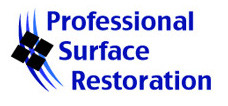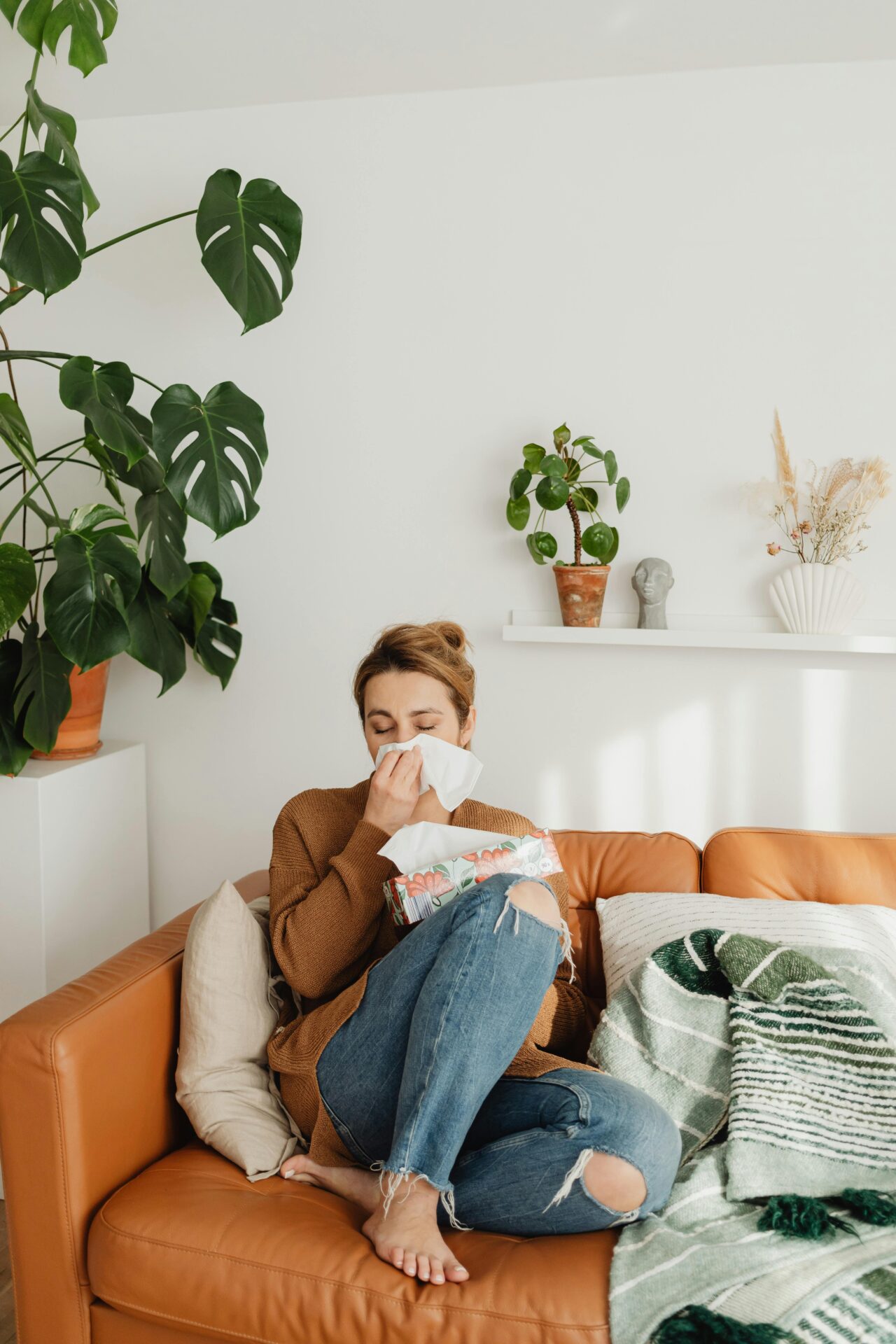As the leaves begin to change color and the air grows crisper, many of us welcome the fall season with open arms. However, for allergy sufferers, this time of year can also bring a host of respiratory challenges, from sneezing to wheezing. While outdoor allergens like ragweed and mold spores are often blamed for these symptoms, indoor allergens lurking in your home’s floors and upholstery can also significantly contribute.
Here’s how a thorough cleaning of various floor types can help those suffering from fall allergies breathe easier this fall.
The Role of Flooring in Allergen Accumulation
Your home’s floors are a major collector of allergens, including pet dander, dust mites, pollen, and mold spores. Carpets, in particular, can trap allergens deep within their fibers, releasing them into the air with daily activities like walking or vacuuming. Hard surfaces, while easier to clean, can still gather dust and pollen, which easily become airborne.
Upholstery also traps allergens, which is why comprehensive floor and furniture cleaning is crucial for reducing indoor allergens.
RELATED ARTICLE: The Science of Stain Removal: How Carpet Cleaning Works
Carpet Cleaning: A Deep Dive Into Allergy Reduction
Carpets are one of the biggest culprits when it comes to harboring fall allergens. Regular vacuuming with a HEPA filter vacuum can help, but for truly effective allergen reduction, professional carpet cleaning is necessary. This process typically involves hot water extraction, which deep cleans carpets by removing embedded dirt, pollen, and pet dander that standard vacuums can’t reach.
Professionally cleaned carpets not only look refreshed but also improve indoor air quality by reducing the allergens that can trigger fall allergies.
Wood and Laminate Floors: Minimizing Allergens
Unlike carpet, hardwood and laminate floors don’t trap allergens in fibers, but they do collect dust and pollen which can settle in cracks and crevices. To minimize allergens on these surfaces, it’s important to follow a regular cleaning regime using a damp mop with a microfiber pad, which is more effective at trapping allergens than traditional brooms or dry mops. Additionally, periodic professional cleaning and polishing can help seal crevices and add a protective layer to the floors, preventing allergens from accumulating and making cleanup easier.
RELATED ARTICLE: The Top 5 Reasons to Invest in Professional Floor Cleaning Before Selling Your Home
Upholstery Cleaning: Often Overlooked but Equally Important
Upholstery on furniture can also trap allergens, especially in pieces that are frequently used, such as sofas and armchairs. Fabric fibers can hold onto allergens brought in from outside and those generated inside, like pet dander. Professional upholstery cleaning removes these allergens from the fabric, which not only extends the life of your furniture but also significantly cuts down on the total amount of indoor allergens.
Additional Tips for Allergy-Proofing Your Home
Beyond floor and upholstery cleaning, there are several other strategies you can employ to reduce fall allergens in your home:
- Use High-Efficiency Air Filters: Replace HVAC filters with high-efficiency versions that can trap smaller particles and reduce circulating dust and allergens.
- Control Humidity: Use dehumidifiers to keep indoor humidity below 50% to help prevent the growth of mold and dust mites.
- Clear Clutter: Clutter can trap and hold dust that can provoke allergy symptoms, so keeping your home tidy can reduce allergen accumulation.
Ready to Enjoy a Cleaner, Allergen-Free Home This Fall?
Don’t let allergies keep you from enjoying the season. Contact Professional Surface Restoration today to schedule a deep cleaning for your carpets, floors, and upholstery.
Let us help you breathe easier and live better.


